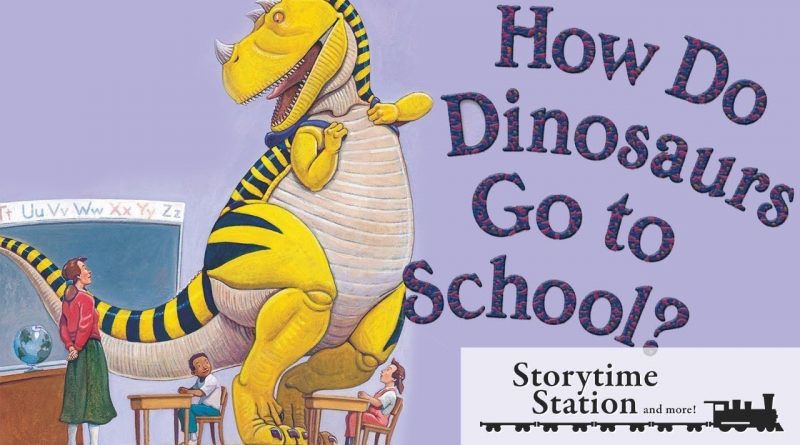How do dinosaurs go to school? By Jane Yolen. Storytime Station.
How do dinosaurs go to school? By Jane Yolen – Summer Read Along.
Follow us on: https://www.facebook.com/OposicionesInglesRP/
https://shop.oposicionesingles.com/
Text extracted from: Temario de oposiciones Inglés-Primaria. Self-learning method
TOPIC 9.
Description of the English Phonological system. Learning models and techniques. Perception, discrimination, and productions of sounds, stress, rhythm and intonation. Phonetic correction.
Bowen (1975) was the first to pay attention to teaching pronunciation in meaningful contexts. For example, instead of distinguishing “pen” and “pan” in isolation, he thought that embedding these minimal pairs in a context would help learners grasp and remember pronunciation easier (i.e. “this pen leaks”. “Then don´t write with it”; “This pan leaks”. “Then don´t cook with it”). As another example, the teacher may draw a picture of a “cab” and a “cap” on the board. Then, the teacher says these sentences: “He’s going to get a cab”, “He’s going to get a cap”. By how quickly the students point to the right picture, we will notice if they can hear the difference easily.
Songs, chants and rhymes can provide strong patterns of stress and intonation that may help students grasp the sounds and the rhythm of English. These resources have the advantage of providing motivation and present the sounds in meaningful contexts. Similarly, through songs and rhymes students can be aware of connected speech. In this sense, a useful way to teach children how stress beats occur at equals intervals of time is to ask them to clap the strong beats in a song or a rhyme. This can also enhance understanding, since important “content” words tend to be stressed.
Drama is particularly useful for pronunciation since it includes different aspects of communicative competence (discourse intonation, pragmatic awareness, nonverbal communication, etc). However, in primary education drama activities may need to be guided due to the linguistic level of our students. In this sense, we may use adaptations of stories or situations previously covered in the classroom.
Chain drills can be used for a variety of pronunciation objectives. The teacher or a student begins the drill and then each subsequent student repeats all the introductions that came before and adds a personal one. If the class is too large, it can be done in smaller circles.
Games are especially useful to add a “fun factor” to the activity. Besides, another advantage of pronunciation games is that they provide “hidden practice”. Some examples can be: tongue twisters, stress dominoes (students match sections which have the same stress pattern); sound bingo, imitation contests (in small groups students can imitate the teacher or another model. First they are given some minutes to practise and receive feedback and then they perform for the whole class. Finally, students decide whose imitation was the best. Through this activity, students can practice stress and intonation patterns in connected speech); correct me, please! (The teacher retells a familiar story committing some obvious pronunciation mistakes and students in pairs have to find them out); listen for the difference (students find the difference in two very similar sentences); find the rhyme (students are given a word and have to find a rhyming word out of a set of possibilities in a card), etc.
Information and communication technologies: ICT offers a wide range of possibilities to present and practise the sounds of English in highly motivating and meaningful contexts. In this sense, students can record themselves and compare their productions to the given models; listen to authentic or adapted models, match sounds and pictures, amongst many others. We may stress that audio recording is the easiest way for the learner to become aware of his/her own speech. In addition, students have the possibility of immediate feedback by going back to the model.




